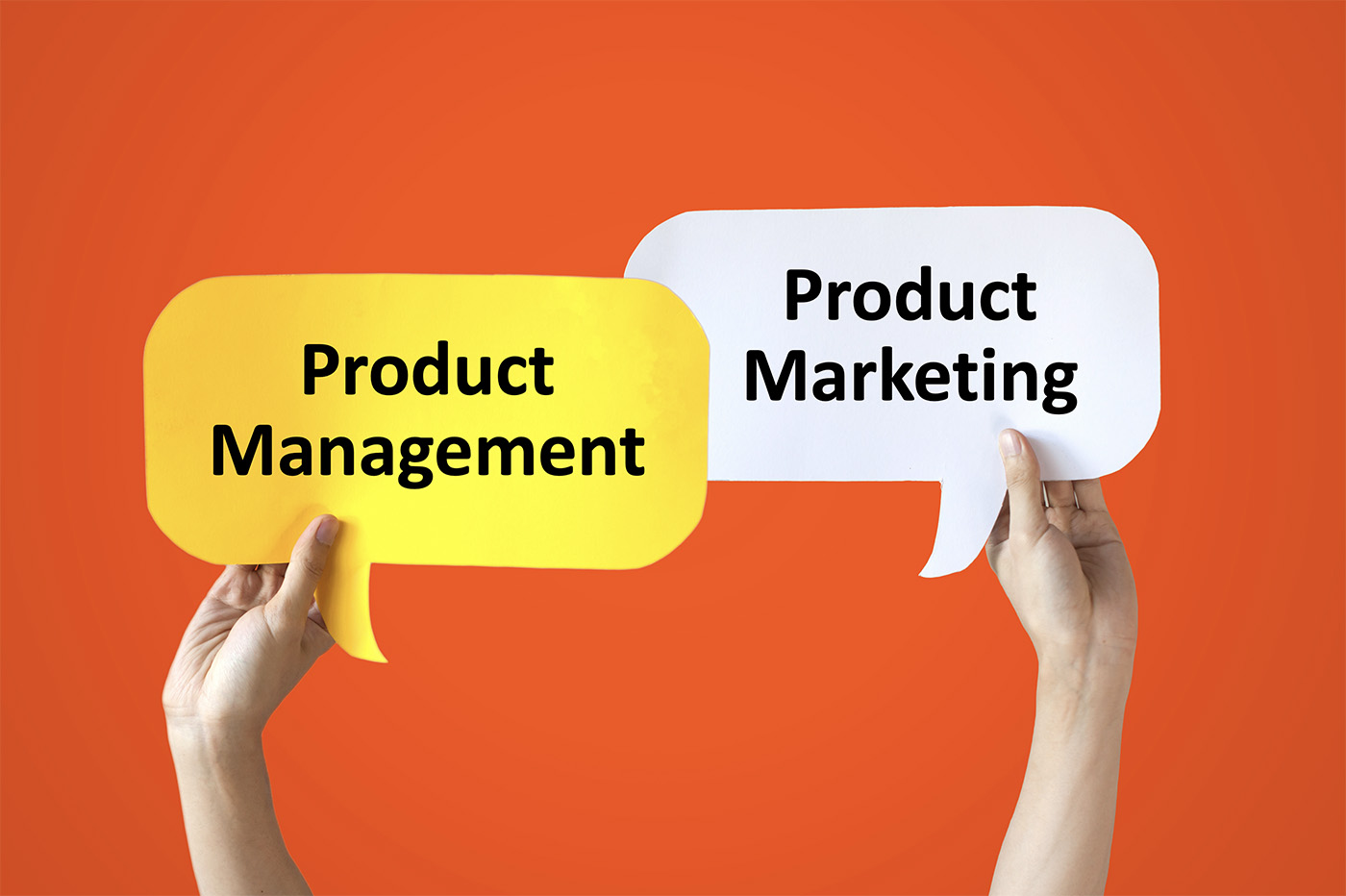
Blog
Product Management vs. Product Marketing: What’s the Difference?

I’ll admit it. When I started working for my first technology vendor, Citrix, back in 1996, I had no clue about the difference between product management and product marketing. But a promotion from Systems Engineer to Sr. Product Manager in 1998 took care of that.
Since then, I’ve spent the better part of 25 years in product marketing and product management roles, as an individual contributor, as a manager, and as a marketing executive. So, I can now speak to the differences between these two job disciplines with great authority. And I’ll do so now by sharing an analogy.
Visualize in your mind a shelf. It doesn’t matter what kind. Now visualize numerous boxes of shrink-wrapped software sitting on that shelf. (Okay, I know… I’m dating myself. There’s hardly any shrink-wrapped software anymore. For this analogy, picture yourself at Best Buy.) Product management is responsible for getting the boxes of software onto the shelf by working with software developers to determine which features go into the product. Product marketing is responsible for working with sales to get the software off the shelf, through sales-enablement, messaging and positioning, and helping to produce content that generates and nurtures leads.
Starting to get the picture? Let’s delve deeper.
Product Management
A product manager, or PM, is arguably the most-difficult position to recruit. A good product manager has both a business background, a technical background, and (ideally) has outstanding presentation skills. A product manager should be viewed as the “president” of the product – although in some organizations, they may feel like the “janitor” of the product.
Sidebar: Years ago, I saw a research study which stated that two-thirds of all high-tech CEOs were once product managers. I can relate.
A product manager is responsible for balancing “should do” and “can do.” Not everything that sales wants can be done, and not everything that engineering can do should be done.
The following are common product manager responsibilities:
- Define the product’s vision and its features and functions, usually within a product requirements document (PRD) and future product roadmap
- Own or contribute to product’s licensing and/or pricing model
- Interview customers, partners, industry analysts, and company personnel (e.g., sales, sales engineering, tech support, consulting) to ascertain product priorities
- Work with engineering to make tough decisions during the software development life cycle that pop up along the way
- Own or participate in the company’s competitive analysis program to gauge how product deficits influence customer win/loss statistics
- Own or contribute to sales and channel partner enablement
- Serve as a product spokesperson to customers, press, and analysts
Sidebar: Not all product management teams report up to the CMO. Some teams report to the head of engineering, while other teams report to a chief product officer (in a products division). If you ask me, product management should never reside in the engineering department. While I will concede the benefits of closer relationships between product managers and software developers, the biggest problem is having one executive own both “should do” and “can do.” In my view, there should be checks and balances between what sales wants and what engineering wants. Thus, product management should live in marketing or its own products division.
Product Marketing
A product marketing manager, or PMM, is arguably the second-most difficult position to recruit in marketing. A good PMM has many of the same attributes as a product manager, but usually isn’t quite as technical. Having excellent writing skills is more important for PMMs than PMs because PMMs often create, or at least heavily edit, content for marketing communications (e.g., datasheets, white papers, eBooks, research reports).
The following are common product marketing manager responsibilities:
- Assist product managers, as necessary, with conducting market research that may help influence the product roadmap
- Own or contribute to product’s licensing and/or pricing model
- Own or contribute to product message maps and buyer persona definitions
- Own or contribute content for marketing communications, such as web content, brochures, presentations, white papers, case studies, blogs, media bylines, and more
- Own or contribute to product launches
- Own or participate in the company’s competitive analysis program to gauge how product deficits influence customer win/loss statistics
- Own or contribute to sales and channel partner enablement
- Serve as a product spokesperson to customers, press, and analysts
Product marketing usually lives in the marketing department unless there is an independent products division. Product marketing sometimes lives in engineering with product management, but you already know how I feel about that.
Two-in-a-Box Model
Sometimes cybersecurity vendors pair-up PMs and PMMs into what’s commonly called a “two-in-a-box model.” In this instance, a PM is partnered with a PMM to support common products and/or services. They rely on each other frequently and will often step in for each other with regard to sales enablement, competitive analysis, and formal presentations.
Need an Interim PM or Interim PMM?
CyberEdge offers highly experienced product management and product marketing consultants to serve as Interim PMs and Interim PMMs for cybersecurity vendors. These consultants work anywhere from 20 to 40 hours per week for a minimum of three months. They average 15-20 years of experience, have solid technical foundations, and possess extensive cybersecurity subject matter expertise.
There are many reasons to work with an Interim PM or an Interim PMM on retainer, such as not having enough headcount, needing to put out fires while finding your ideal employee, backfilling a PM or PMM on maternity leave, and more.
To learn more about these and other CyberEdge staff augmentation offerings, request a 20-minute briefing.


